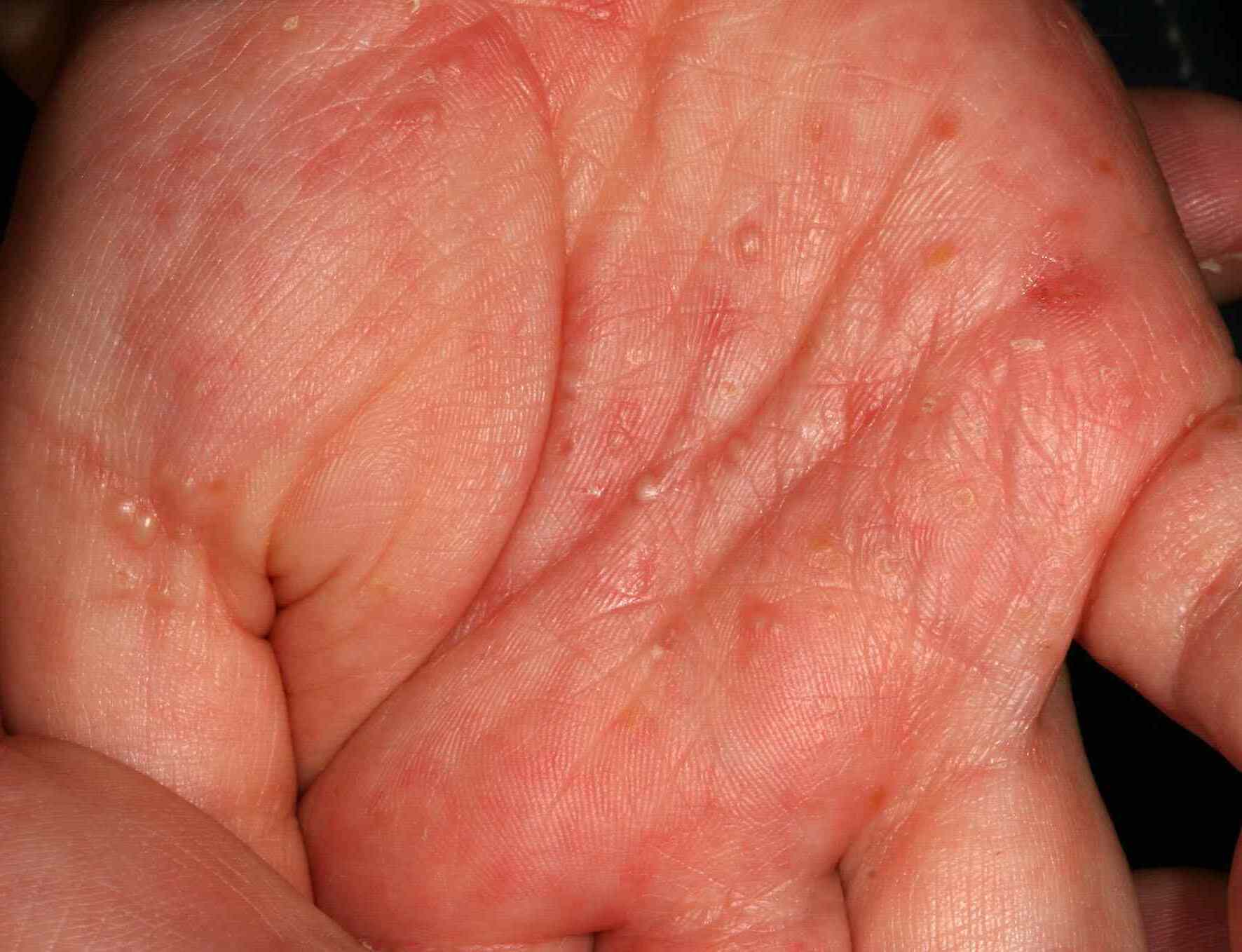
Scabies is a skin condition caused by tiny mites burrowing into the skin, leading to intense itching and a rash. Testing for scabies is crucial to confirm the diagnosis and start treatment promptly. But how exactly do doctors test for this pesky condition? Doctors use skin scrapings to look for mites, eggs, or mite feces under a microscope. Sometimes, a dermatoscope helps spot burrows on the skin. In certain cases, a skin biopsy might be necessary. Knowing these methods can help you understand what to expect if you or someone you know needs testing. Let's dive into the details of these testing methods and what they reveal about scabies.
What is Scabies?
Scabies is a skin condition caused by tiny mites called Sarcoptes scabiei. These mites burrow into the skin, causing intense itching and a rash. Understanding scabies testing can help in diagnosing and treating this condition effectively.
How is Scabies Diagnosed?
Diagnosing scabies involves a combination of physical examination and specific tests. Here are some key facts about scabies testing:
-
Skin Scraping Test: A doctor may scrape off a small section of the affected skin to examine under a microscope. This helps identify the presence of mites, eggs, or mite feces.
-
Ink Test: Applying ink to the skin can highlight the burrows made by the mites. The ink seeps into the burrows, making them visible to the naked eye.
-
Adhesive Tape Test: A piece of clear adhesive tape is pressed onto the skin and then examined under a microscope. This method can capture mites or eggs for identification.
-
Dermatoscopy: This involves using a special magnifying device called a dermatoscope to examine the skin. It helps in visualizing the burrows and mites more clearly.
-
Clinical Examination: Often, a healthcare provider can diagnose scabies based on the appearance of the rash and the pattern of itching. This is especially true if multiple family members or close contacts are affected.
Symptoms That Lead to Testing
Recognizing the symptoms of scabies is crucial for timely testing and treatment. Here are some symptoms that might prompt scabies testing:
-
Intense Itching: Persistent itching, especially at night, is a hallmark symptom of scabies. This itching can be severe and disrupt sleep.
-
Rash: A red, bumpy rash often appears in areas where the mites have burrowed. Common sites include the wrists, elbows, armpits, and between fingers.
-
Sores: Scratching the itchy areas can lead to sores and secondary infections. These sores might ooze or become crusty.
-
Thin Burrow Tracks: Small, raised lines on the skin, often found in the webbing between fingers, are indicative of mite burrows.
-
Blisters or Pustules: In some cases, small blisters or pustules may form on the skin, adding to the discomfort.
Importance of Early Detection
Early detection of scabies can prevent the spread of mites and reduce the severity of symptoms. Here are some reasons why early testing is important:
-
Preventing Spread: Scabies is highly contagious. Early detection and treatment can prevent spreading to family members, friends, and others.
-
Reducing Symptoms: Prompt treatment can alleviate itching and rash, improving the quality of life for those affected.
-
Avoiding Complications: Untreated scabies can lead to secondary bacterial infections, which can be more difficult to treat.
-
Effective Treatment: Early diagnosis allows for timely and effective treatment, often involving topical medications that kill the mites.
-
Peace of Mind: Knowing the cause of the symptoms can provide relief and reduce anxiety, allowing individuals to focus on recovery.
Key Takeaways on Scabies Testing
Scabies testing is crucial for diagnosing and treating this itchy skin condition. Early detection helps prevent its spread. Common tests include skin scrapings, ink tests, and dermoscopy. Each method has its pros and cons, but all aim to identify the presence of mites, eggs, or fecal matter. Knowing the symptoms, like intense itching and a pimple-like rash, can prompt timely testing. Treatment usually involves prescribed creams or lotions, and sometimes oral medications. Preventing scabies involves good hygiene and avoiding close contact with infected individuals. If you suspect scabies, consult a healthcare provider for accurate diagnosis and treatment. Quick action can relieve symptoms and stop the spread. Stay informed and proactive to keep scabies at bay.
Was this page helpful?
Our commitment to delivering trustworthy and engaging content is at the heart of what we do. Each fact on our site is contributed by real users like you, bringing a wealth of diverse insights and information. To ensure the highest standards of accuracy and reliability, our dedicated editors meticulously review each submission. This process guarantees that the facts we share are not only fascinating but also credible. Trust in our commitment to quality and authenticity as you explore and learn with us.


